India’s foreign exchange reserves rose by $563 million. According to the Reserve Bank of India’s new release data, foreign exchange reserves increased to $590.028 billion as of the week ended May 14, 2021, from $589.465 billion in the previous week ended May 7, 2021.
Foreign exchange reserves set to breach all-time high on sustained FPI and FDI. Driven by sustained Foreign Portfolio Investor (FPI) inflows and Foreign Direct Investment (FDI), the foreign exchange reserves have been on the rise for over a month now, starting with a rise of $4.344 billion recorded during the week ended April 9.
India’s forex reserves cover Foreign Currency Assets (FCAs), Special Drawing Rights (SDRs), Gold Reserves and the country’s reserve position with the International Monetary Fund (IMF).
The rise in the Forex was largely on account of an increase in foreign currency assets (FCA), a larger part of the overall forex reserves. FCAs increased by $377 billion to $546.87 billion in the week ended May 14, 2021, as per the RBI’s weekly data.
India’s reserve position with the International Monetary Fund (IMF) increased by $10 million to $4.999 billion and the special drawing rights (SDRs) with the IMF rose by $2 million to $1.506 billion during the reporting week. Gold reserves also increased by $174 million to $36.654 billion.
What is Foreign Exchange Reserve?
Foreign exchange reserves are important assets held by the central bank in foreign currencies as a reserve. They are usually used for backing the exchange rate and determining monetary policy. In the case of India, foreign reserves include Gold, Dollars, and the IMF’s quota for Special Drawing Rights. Most of the reserves are usually held in US dollars given the currency’s importance in the international financial and trading system. Some central banks also keep reserves in Euros, British pounds, Japanese yen, or the Chinese yuan in addition to their US dollar reserves.
Why are these reserves so important?
All international transactions are settled in US dollars and, therefore, needed to support India’s imports. More importantly, they are needed to support and maintain confidence for central bank action, whether monetary policy action or any exchange rate intervention to support the domestic currency. It also helps limit any vulnerability because of a sudden disturbance in foreign capital flows, which could arise during a crisis. Holding liquid forex thus gives a cushion against such impacts and gives the confidence that there would still be enough forex to help the country’s crucial imports in case of external shocks.
Countries with the highest foreign reserves
Currently, China has the largest reserves, followed by Japan, Switzerland, Russia and India on the International Monetary Fund table.
- China – $3,330 Billion
- Japan – $1,368 Billion
- Switzerland – $1,052 Billion
- Rusia – $593.9 Billion
- India – $590.028 Billion
According to an estimate India’s reserves, enough to cover roughly 18 months of imports, have been supported by a current account surplus, rising inflows into the local stock market and foreign direct investment.
Initiatives are taken by the government to increase forex
For increase in foreign exchange reserve government of India taking many initiatives like AtmaNirbhar Bharat in which making India a self-reliant nation so that India need to not import things that India can produce. Other than AtmaNirbhar Bharat, the government has introduced schemes such as Duty exemption scheme, Remission of Duties or Taxes on Export Product (RoDTEP), Nirvik (Niryat Rin Vikas Yojana) scheme etc. Apart from these schemes, India is one of the top nations that attracted the highest amount of FDI which lead to improvement in India’s foreign exchange reserves.
Role of the foreign reserve at the time of emergency
India’s Financial crisis 1991-
In Indian history, we have seen the 1991 financial crisis.
By the end of 1990, in the run-up to the Gulf War, India’s oil import bill increased, exports slumped, investors took their money out and credit dried up. The dire situation meant that the Indian foreign exchange reserve could have barely financed three weeks’ worth of imports. Meanwhile, the government came close to defaulting on its financial obligations.
This made it impossible for the country to seek short term loans and exacerbated the existing economic crisis. As a result, the World Bank and IMF also stopped their assistance, leaving the government with no option except to mortgage the country’s gold to avoid defaulting on payments. In return, the crisis paved the way for the liberalisation of the Indian economy.
Asian Financial Crisis-
Asian Financial Crisis was caused by the collapse of the currency exchange rate. The countries that were most seriously affected by the Asian Financial Crisis included Thailand, Indonesia, Malaysia, the Philippines and South Korea.
It started in Thailand, on July 2, 1997, the Thai government ran out of foreign currency. No longer able to support its exchange rate, the government was forced to float the Thai Baht, which was pegged to the U.S. dollar before. The financial crisis heavily damaged currency values, stock markets, and other asset prices in many East and Southeast Asian countries.
These incidents show the need for the foreign reserve at the time of emergency.

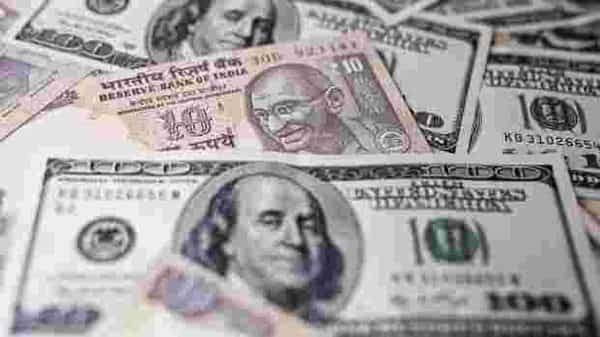
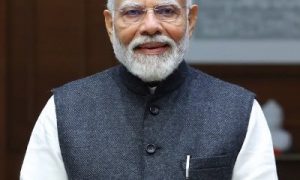

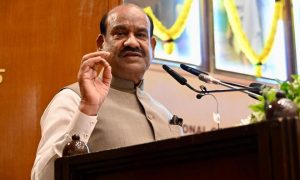





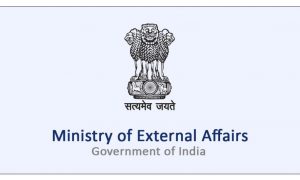











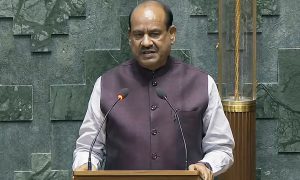





 WhatsApp us
WhatsApp us